Trends in logo design 2025
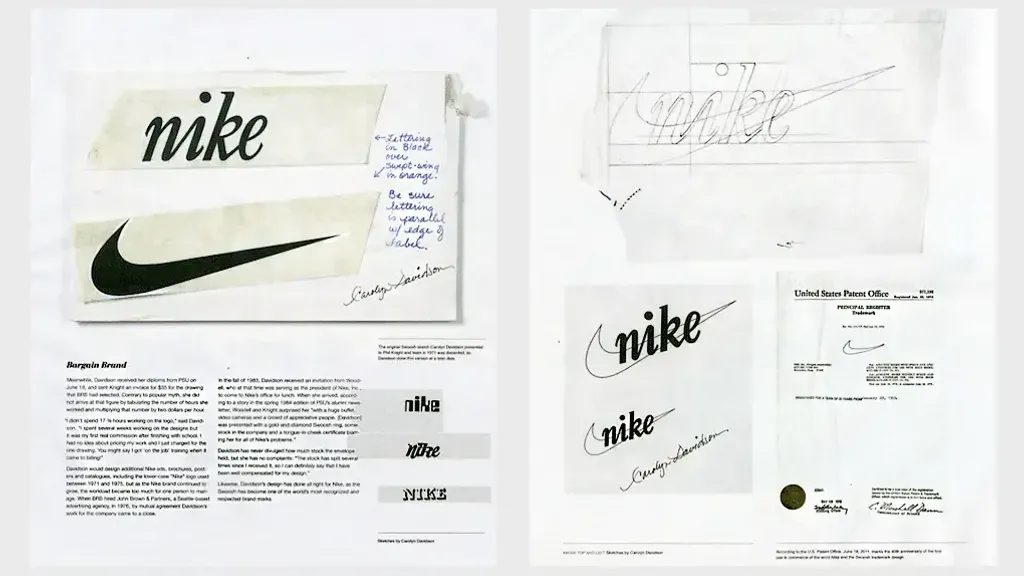
Logo design, like any other type of design, reflects changes in technology, culture, and consumer behavior. For a brand to remain relevant and effectively interact with its audience, it is important to keep up with modern trends.
Logos are the face of a brand, and like any design element, they are constantly evolving. Whether you’re a small startup looking to expand your audience or a large corporation planning next strategic move, understanding current trends is key to ensuring that a brand remains relevant and attractive to consumers. Here are the top logo design trends to watch out for in 2025.
Dynamic logos: flexible and adaptable
Logos used to be static and unchanging images. Today, in a dynamic world, they have learned to adapt to the context, changing depending on the platform or situation where they are used.
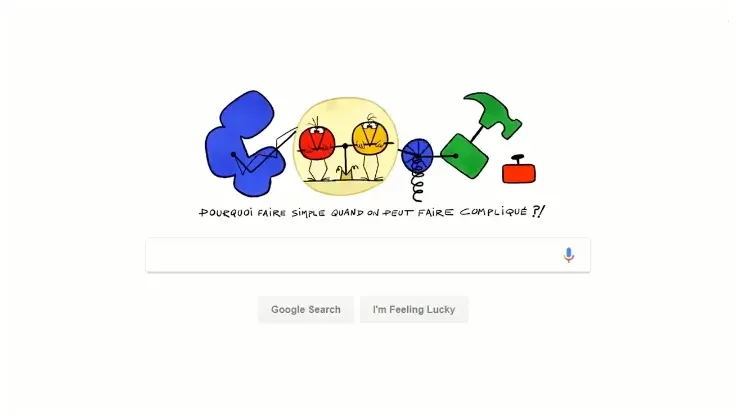
Why it matters
Modern brands have to be present on numerous digital and physical platforms, where a universal mark is often not enough. not enough. Dynamic logos can adapt to different screen sizes and formats, as well as to the mood or brand values. This allows you to maintain brand relevance and appeal in any context.
Example
Take Google’s doodles, for example, which are constantly changing to reflect events or holidays, or MTV’s logo, which evolves along with cultural trends. A dynamic logo provides the flexibility that allows a brand to remain interesting and relevant to different audience segments.
Retro revival: nostalgia with a modern twist
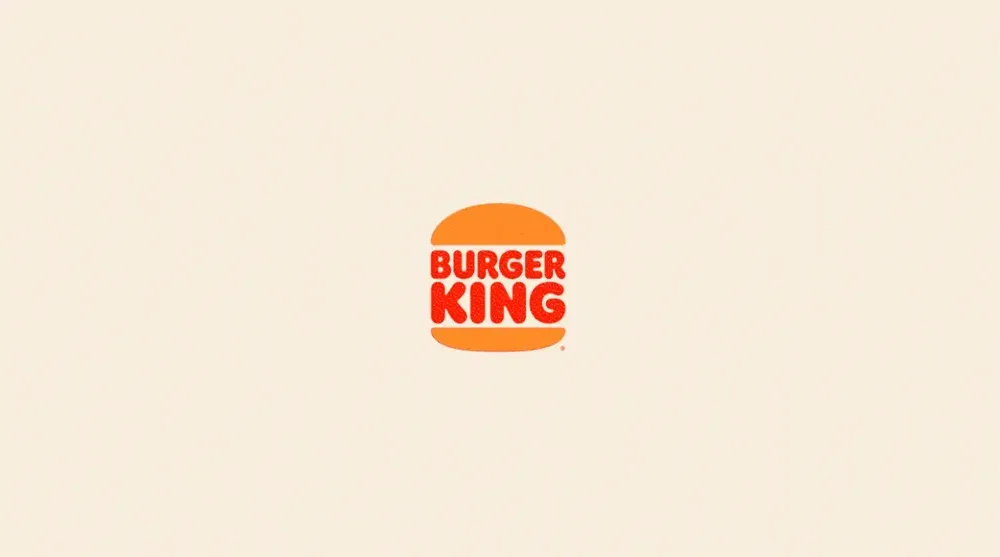
Nostalgia has always been a powerful tool in marketing, and in 2025 we will see a revival of logos inspired by retro aesthetics, inspired by retro aesthetics. It’s not just copying old designs, but reinterpreting them with modern trends in mind. Vintage typography, muted color palettes, simplified shapes - all of this is being integrated into the modern design language.
Why it matters
At a time when consumers are looking for authenticity and sincerity, appealing to nostalgia helps to inspire trust and positive emotions. However, the success of this approach depends on the right balance between the retro atmosphere and current elements so that the brand does not seem outdated.
Example
Burger King’s latest redesign, based on the 1969 logo, is a prime example of this trend. It successfully combines classic motifs with modern details, creating an attractive and clear image. Retro logos add a timeless charm to brands, especially if the company boasts a rich history.
The evolution of minimalism: hyper-simplification
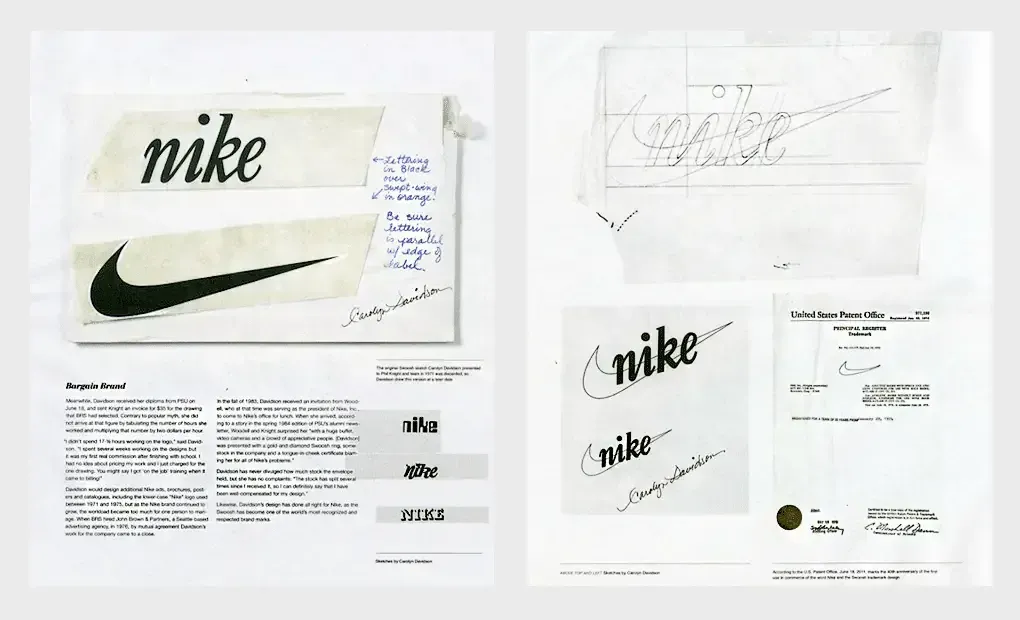
Minimalism has been a leading trend in logo design for many years, but recently it has been transforming into hyper-simplification. This approach aims to eliminate all unnecessary elements, leaving only the essentials. The result is a clean, modern, and versatile design that remains legible and recognizable across all platforms.
Why it matters
In a world where the market is crowded with brands, simplicity becomes one of the main advantages. A simplified logo is not only easy to reproduce, but also quickly recognizable, which makes it effective in the digital environment, where the fight for consumer attention requires maximum focus.
Example
Nike and Apple logos are classic examples of oversimplification. Their elegant simplicity inspires brands around the world, demonstrating how minimalism can be a powerful tool. Simple and minimalist logos allow new small brands to stand out from the competition. brands to stand out from the competition and stay in the memory of their audience.
Abstract geometry: bold and creative
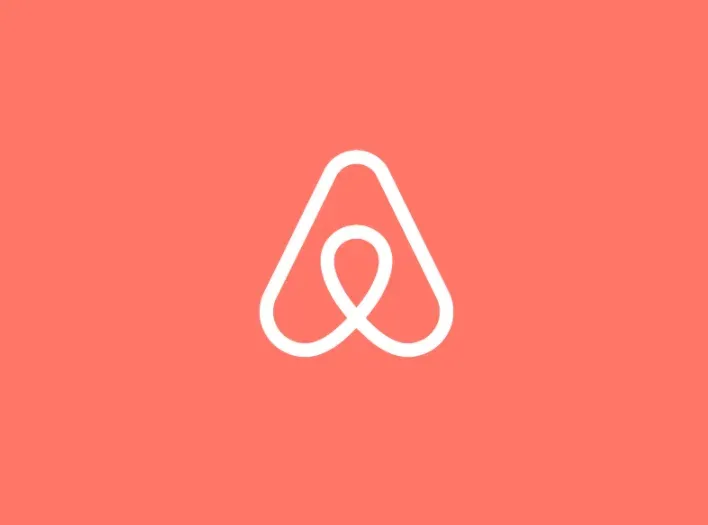
Abstract geometric shapes are once again gaining popularity in logo design, but now they are becoming even bolder and more creative. These logos often use sharp angles, overlapping shapes, and bright colors that immediately that immediately attract attention and create a sense of modernity and innovation.
Why it matters
Abstract geometric logos are extremely versatile. They can be both simple and complex, opening up designers a lot of room for creative expression. Due to their flexibility, such logos can be easily adapted to different platforms and formats.
Example
A striking example is the Airbnb logo - simple, geometric and recognizable. Abstract geometric logos look creative, unique, and memorable, helping brands to stand out in a competitive environment.
3D logos: depth and realism
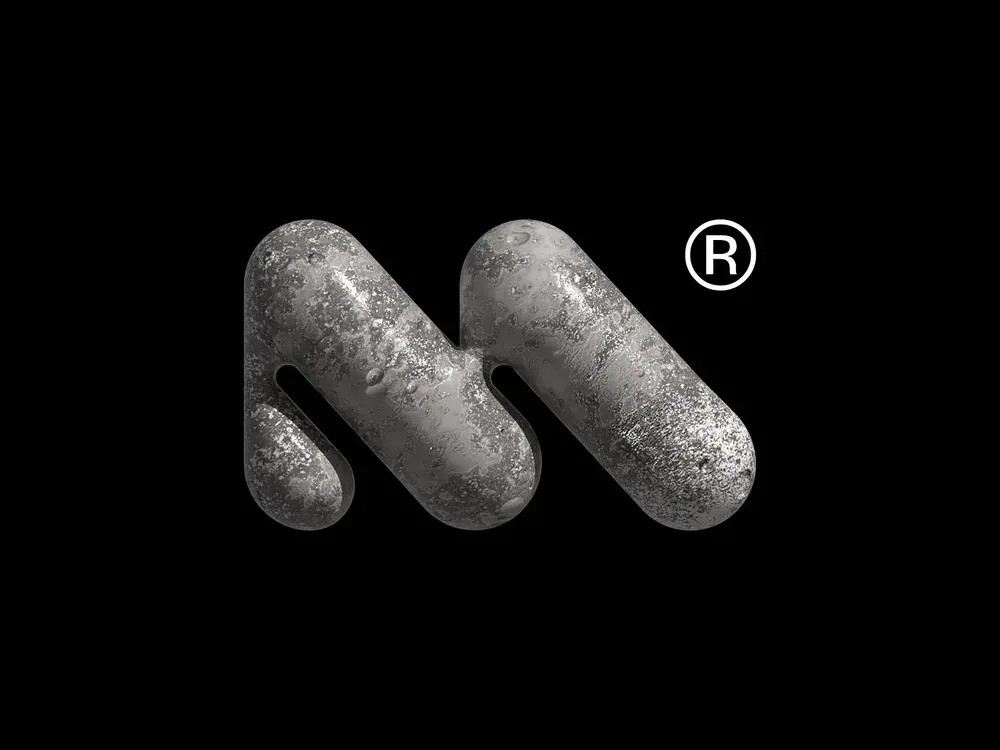
With the development of software and technology, 3D logos are becoming increasingly popular. Realistic, three-dimensional, and exciting, they attract attention and create a sense of immersion. Such graphics make brand interaction more interactive and impressive.
Why it matters
With the growing popularity of virtual and augmented reality, 3D logos open up new opportunities. They help brands to integrate seamlessly into these digital spaces while maintaining their presence and recognition.
Example
The trend for 3D logos is especially noticeable in the gaming industry. Such logos usually have depth, dynamics, and convey immersive nature of interaction, reflecting the essence of the interactive experience.
Monograms: elegance in simplicity
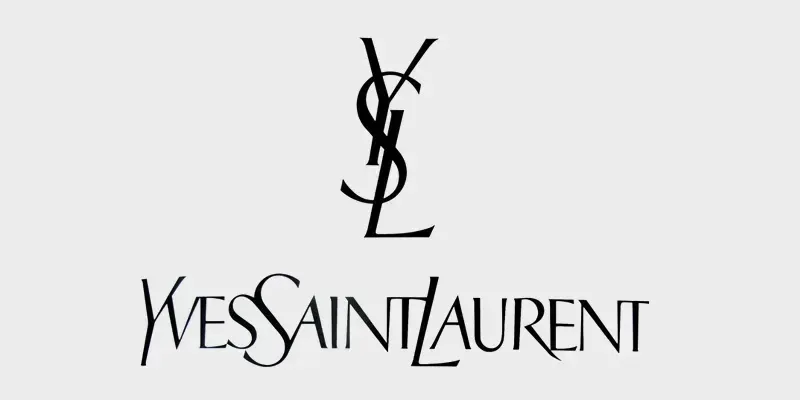
Monograms, or lettering logos, are once again becoming a trend, especially in industries where elegance and sophistication are key importance. They can consist of a single letter or a combination of initials, skillfully arranged into a stylish and recognizable design.
Why it matters
Monograms have the unique ability to remain relevant over time. They work especially well for luxury brands fashion and lifestyle brands, as they combine tradition with modernity, conveying a sense of exclusivity and luxury.
Example
The classic monograms of Yves Saint Laurent and Louis Vuitton are examples of how this design can create associations with luxury and prestige.
Conclusion
Logo design, like any other type of design, reflects changes in technology, culture, and consumer behavior. To maintain brand relevance and ensure effective interaction with the audience, it is important to stay up to date with current trends.
Whether it’s versatile dynamic logos, appealing to nostalgia, or exploring the possibilities of 3D design, the key is is that the chosen trend is in line with your brand’s identity and values. This will allow you to create a logo that will not only will set you apart from your competitors, but also evoke an emotional response from your target audience.
After all, the best logos are those that tell a story as unique as the brand they represent.
